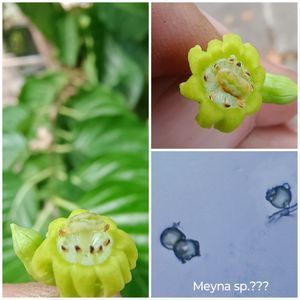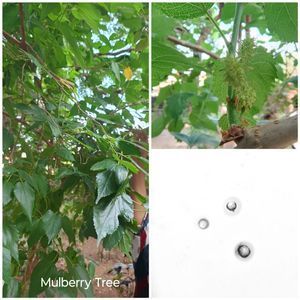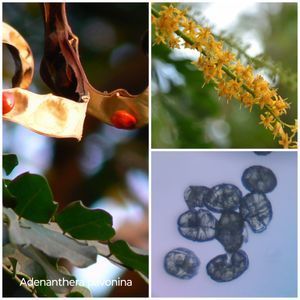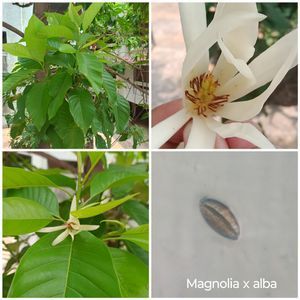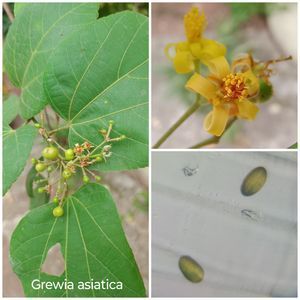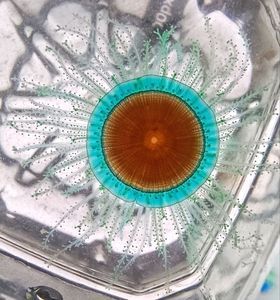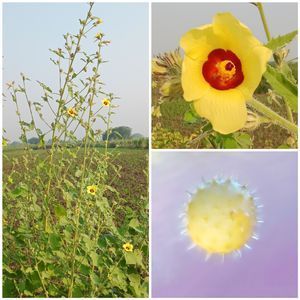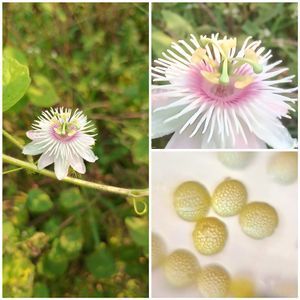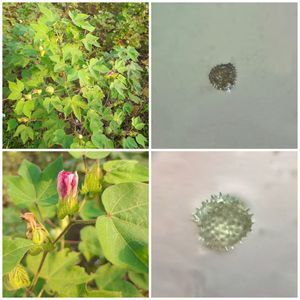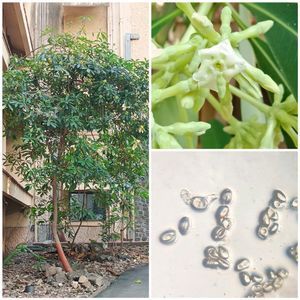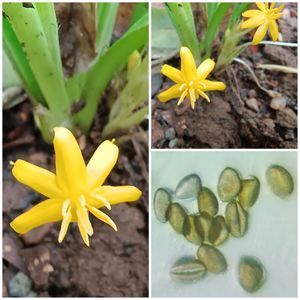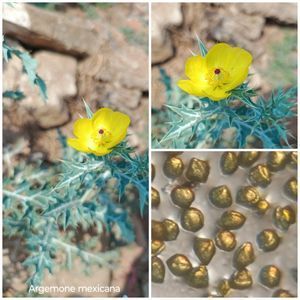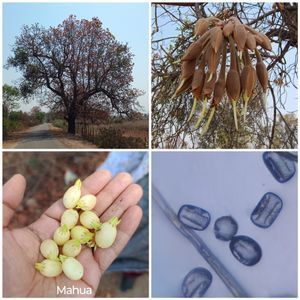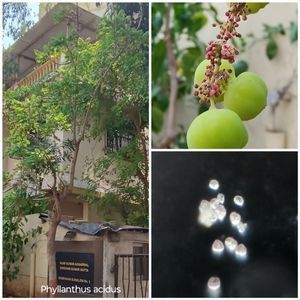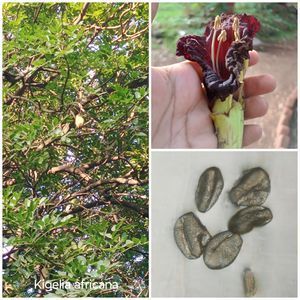Mystery of galls on leaves
 Nov 16, 2019 • 9:22 AM UTC
Nov 16, 2019 • 9:22 AM UTC Unknown Location
Unknown Location 140x Magnification
140x Magnification Microorganisms
Microorganisms
edurafi
I'm a science educator interested in everything science.
115posts
91comments
20locations

Post about a mind-blowing observation I made 2day: while coming from office I saw strange nodules on a plant leaves. Out of curiosity I plucked one leaf with nodules n brought home. My guess was it must bel disease which is causing abnormal growth.
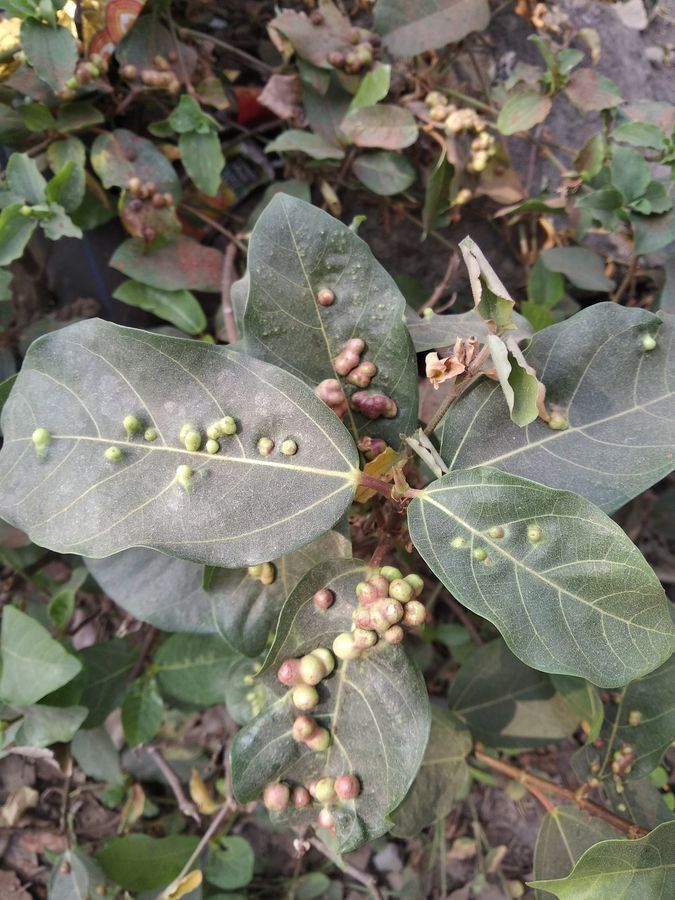
To check what these nodules made up of, I cut open one. I saw it was not some abnormal growth but a cavity like we see in avocado when seed is removed. And to my surprise there was a tiny insect sitting inside. I thought it must b dead but it moved.

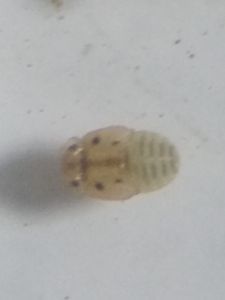
I took the insect and put it under the Foldscope. It was beautiful animal, shot the following video. It was alive and I could see its body parts functioning.
Video- https://t.co/JS1uRv73ZD
Video- https://t.co/JS1uRv73ZD
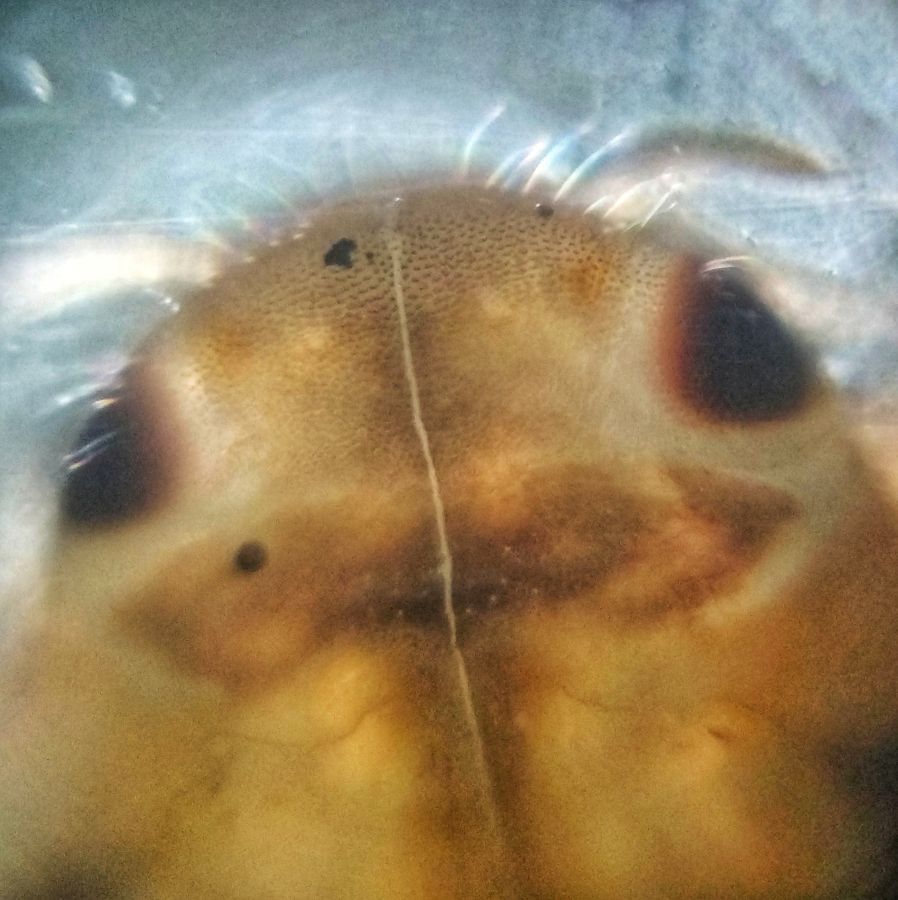
Flipped the slide and took another video of its stomach and legs.
Video- https://t.co/ok14l5dr3P
Video- https://t.co/ok14l5dr3P

As there was no opening in the nodule I wasn’t sure how the insect must have gone inside. Is it possible that the insect forced plant to form the nodule around it. To probe further, I took a thin section of nodule along with the leaf as shown here
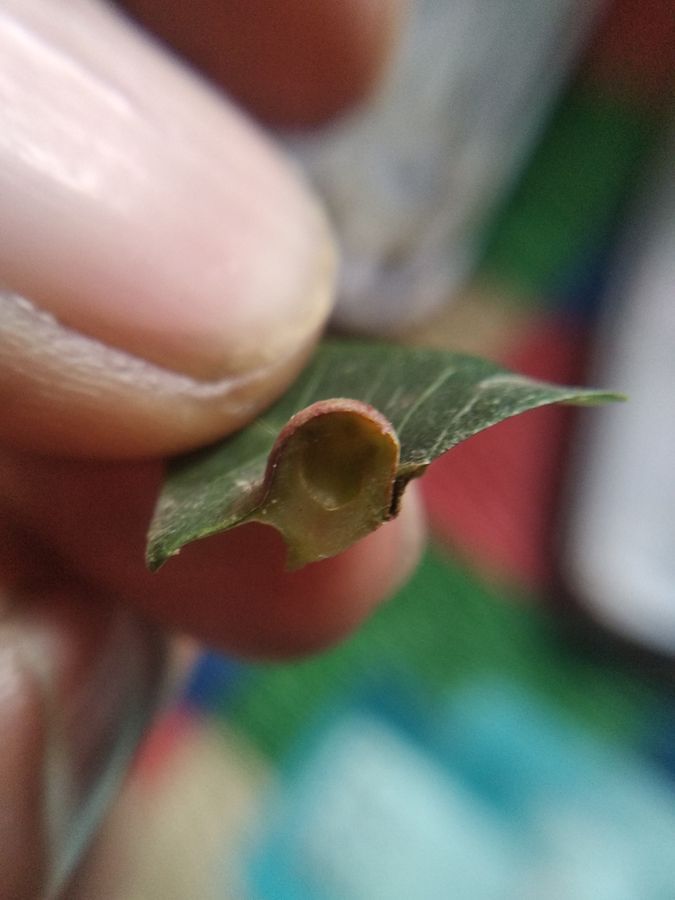
When observed the section of nodule n leaf under d Foldscope, I could c that the nodule was very much part of the leaf n it seems likely that the insect somehow forced the plant to make d nodule.
Video- https://t.co/18VAGwImXM
Video- https://t.co/18VAGwImXM
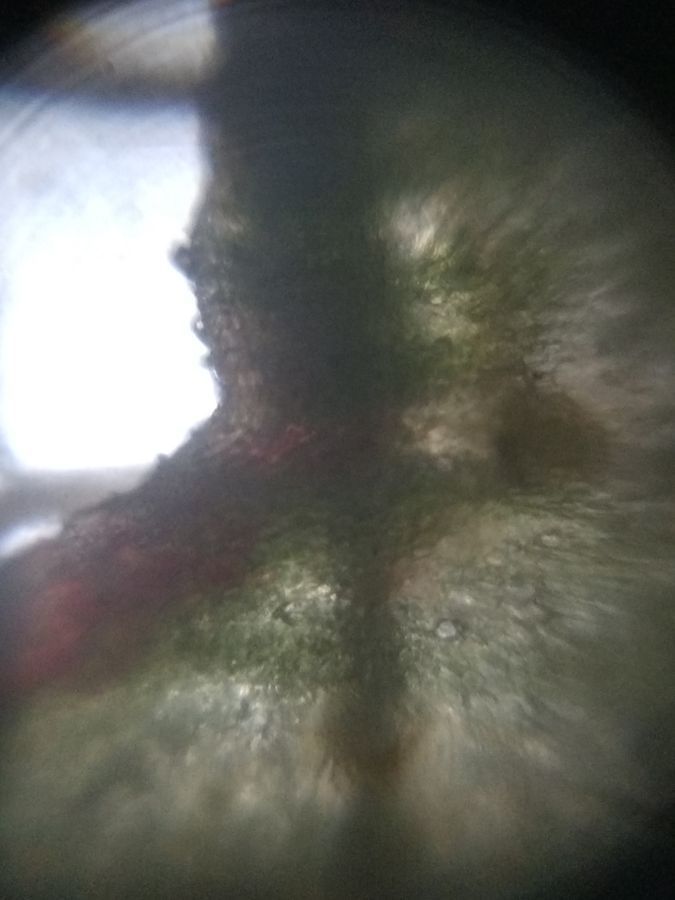
This is all speculation based on what I observed. I’ll be reading more about it and check how much what I think is correct.
Update:
Did some reading, starting with d article @kvijayraghavan sir shared. And suggestions given by @Abhadra7 @venadavenu @shyama13 @samalgorai this is what I found: the nodules are called galls. Various insects can induce gall formation.
After reading I found that I was correct in thinking that the insect forced d plant to form galls. D insect activates perturbations in d growth mechanism n alters d differentiation process in d host plant. Use it to their advantage.
Found a researcher named Anantanarayanan Raman from @CharlesSturtUni of Australia. He has studied the gall inducing insects in Indian subcontinent. I’m not sure if he is on twitter but his work is fascinating!
Here is the link-
https://www.jstor.org/stable/24097803
And link to Manu’s post about similar observation https://microcosmos.foldscope.com/?p=15094
Update:
Finally identified the specific insect I had observed. It is Purposylla depresse. Crawford. Found a paper which describes it in detail. The paper is by K Veenakumari of NBAIR Bangalore.
Update:
Did some reading, starting with d article @kvijayraghavan sir shared. And suggestions given by @Abhadra7 @venadavenu @shyama13 @samalgorai this is what I found: the nodules are called galls. Various insects can induce gall formation.
After reading I found that I was correct in thinking that the insect forced d plant to form galls. D insect activates perturbations in d growth mechanism n alters d differentiation process in d host plant. Use it to their advantage.
Found a researcher named Anantanarayanan Raman from @CharlesSturtUni of Australia. He has studied the gall inducing insects in Indian subcontinent. I’m not sure if he is on twitter but his work is fascinating!
Here is the link-
https://www.jstor.org/stable/24097803
And link to Manu’s post about similar observation https://microcosmos.foldscope.com/?p=15094
Update:
Finally identified the specific insect I had observed. It is Purposylla depresse. Crawford. Found a paper which describes it in detail. The paper is by K Veenakumari of NBAIR Bangalore.


Sign in to commentNobody has commented yet... Share your thoughts with the author and start the discussion!

 0 Applause
0 Applause 0 Comments
0 Comments